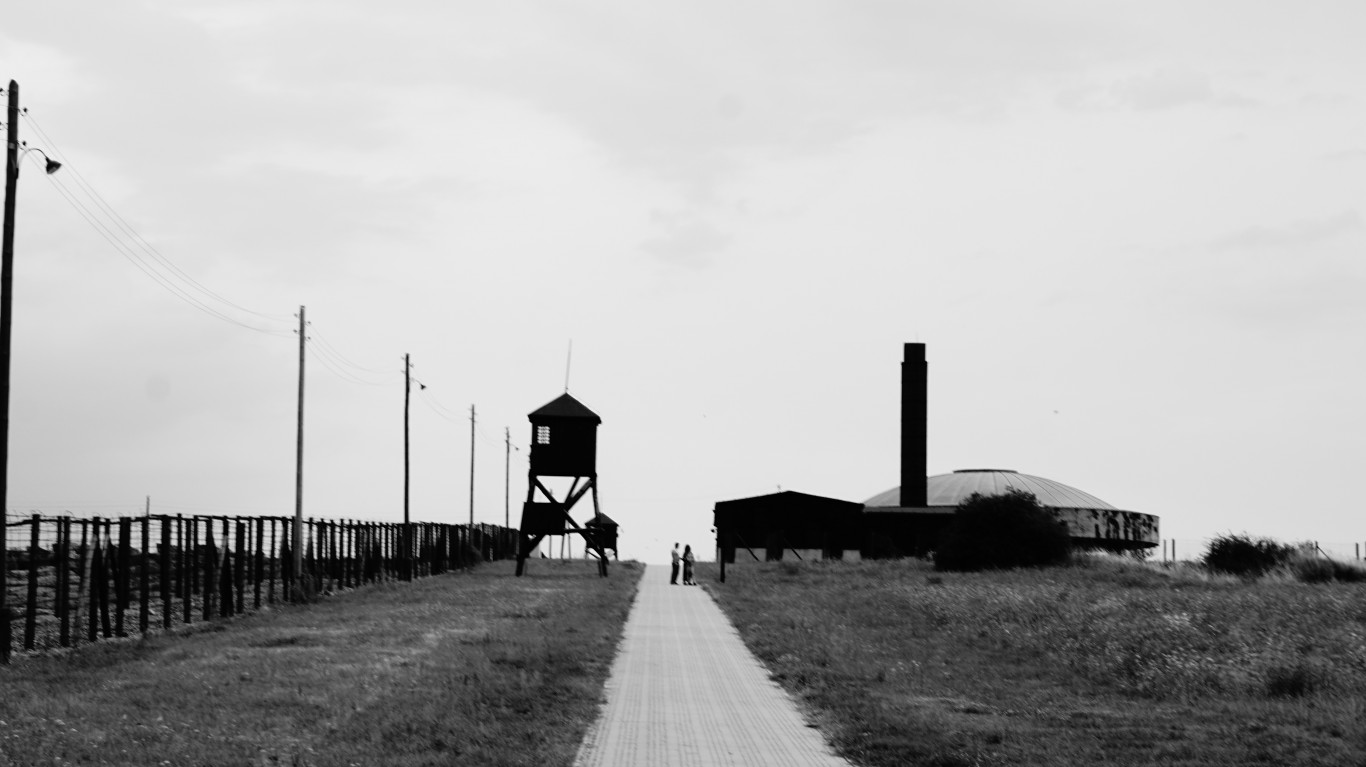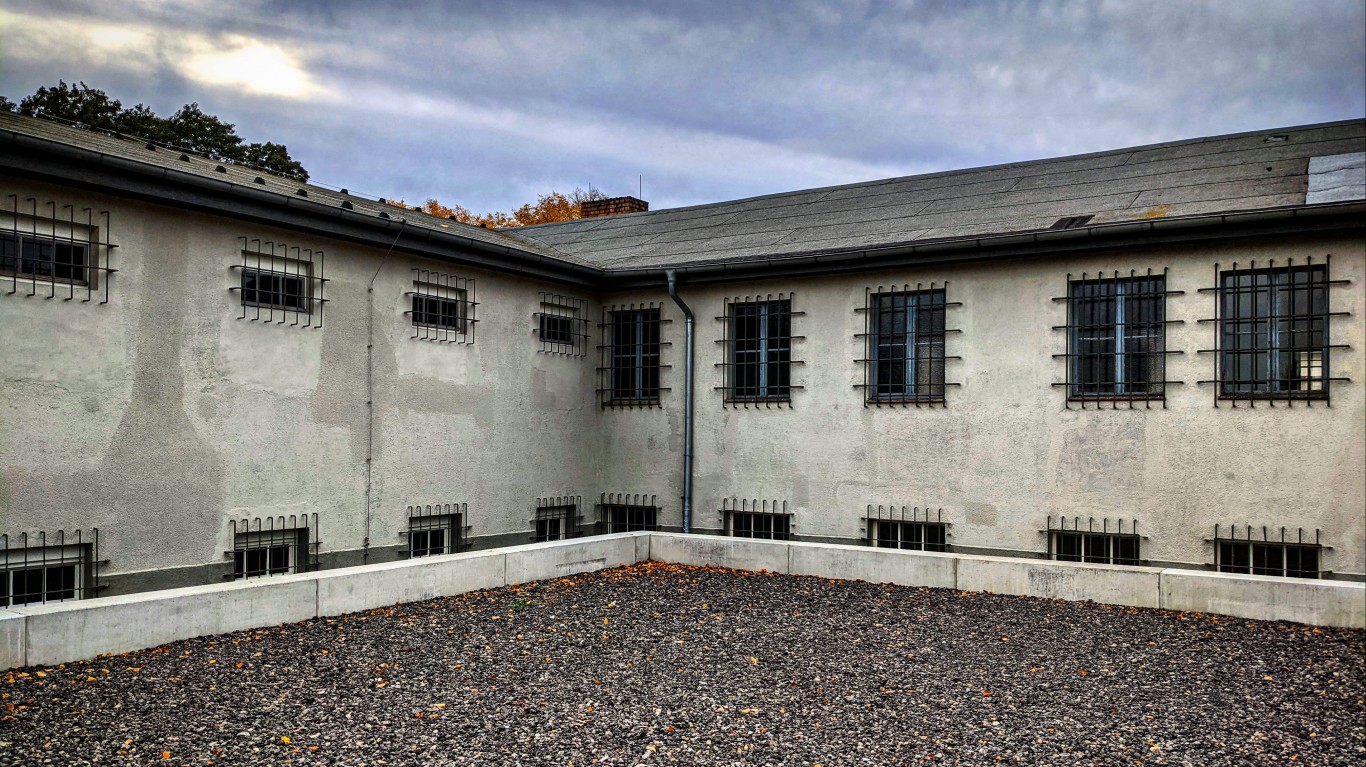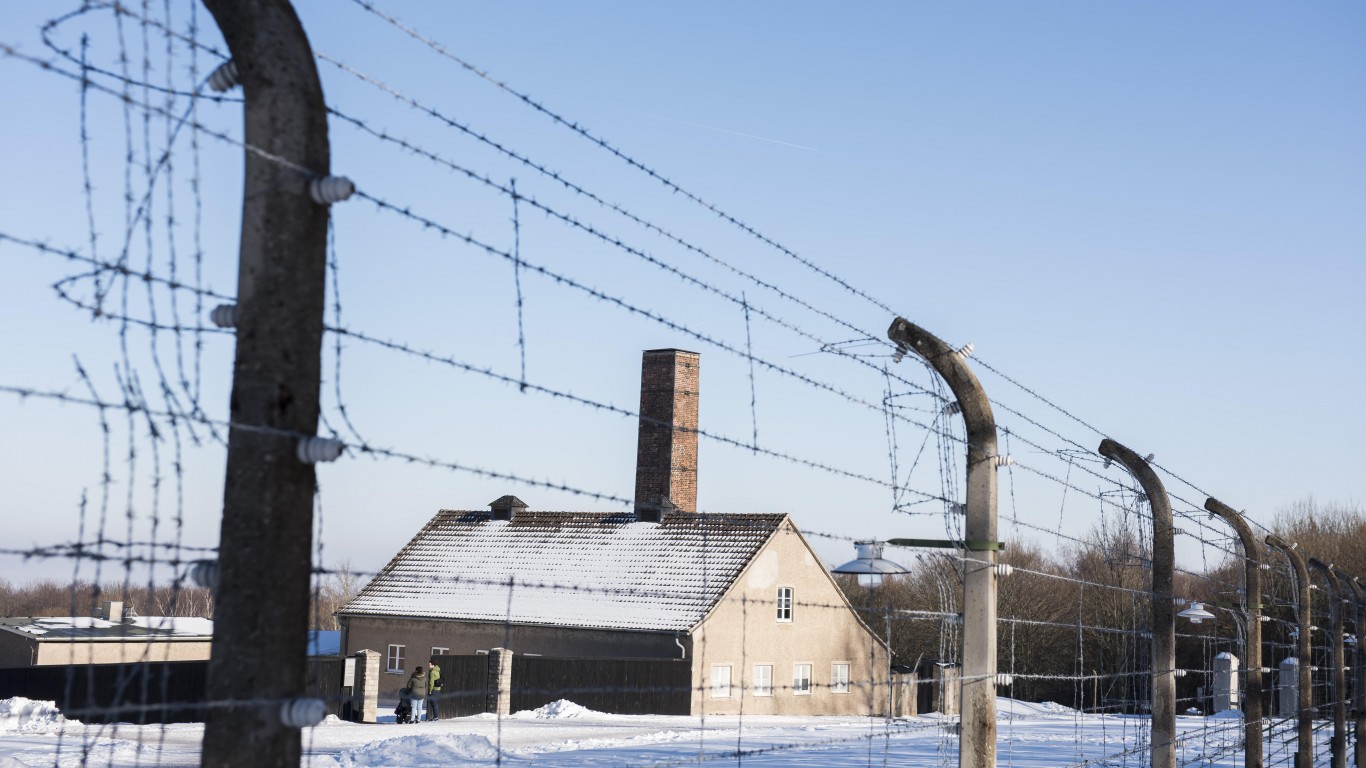
During World War II, the Axis powers operated numerous prison camps that were a major part of their war strategy. These served not just as detention centers for prisoners of war (POWs) but also as sites for severe human rights abuses. These camps were spread across most of German-occupied Europe at the time, and slowly but surely as the war progressed these camps were liberated by Allied Powers. (The most important events of World War II: a timeline.)
In Germany, the concentration camps like Auschwitz, Dachau, and Buchenwald are some of the most notorious but there were many others within the Reich. These camps were initially intended for political prisoners and undesirables, but their function would expand dramatically from just housing these people.
Following the Wannsee Conference in 1942, these camps were central to the “Final Solution”, the systematic genocide of millions of Jews, along with millions of other victims including Poles, Soviet POWs, disabled individuals, and others deemed unfit by Nazi ideology.
Most notorious of these camps is Auschwitz, located in Nazi-occupied Poland during World War II. It was the largest of the Nazi concentration camps and extermination centers. Over a million men, women, and children lost their lives here. Auschwitz has become a symbol of the Holocaust and human cruelty known the world over. It was ultimately liberated by Soviet troops on January 27, 1945. Today, Auschwitz serves as a museum and memorial to the tragic events that occurred on its grounds.
In the East, Imperial Japan operated numerous POW camps throughout Asia and the Pacific. These camps housed Asian civilians and Western prisoners. The conditions in these camps were incredibly brutal where prisoners faced forced labor and torture. (These two countries suffered the most casualties in WWII, and it’s not even close.)
Overall, these camps serve a grim reminder of the atrocities of war. However, the Geneva Convention (1949) would be a response to these human rights abuses and work to establish standards for international law for humanitarian treatment in war. There would be a total of four conventions addressing the treatment of POWs, medical personnel, neutral parties (civilians), and wounded or sick soldiers.
24/7 Wall St. is taking a closer look at the prison camps employed by the Axis Powers. To identify the prison camps of the Axis Powers in World War II, 24/7 Wall St. reviewed World War II Database, an online archive of World War II data. We ordered these prison camps alphabetically and included supplemental information about where these camps were located. Note that WW2DB did not include Italian prison camps (and a few Japanese camps) in this dataset, some of the camps not mentioned include Rab (Arbe), Risiera di San Sabba, and Bridge on the River Kwai Camps.
Here is a look at the prison camps of the Axis Powers in World War II:
Why Are We Covering This?
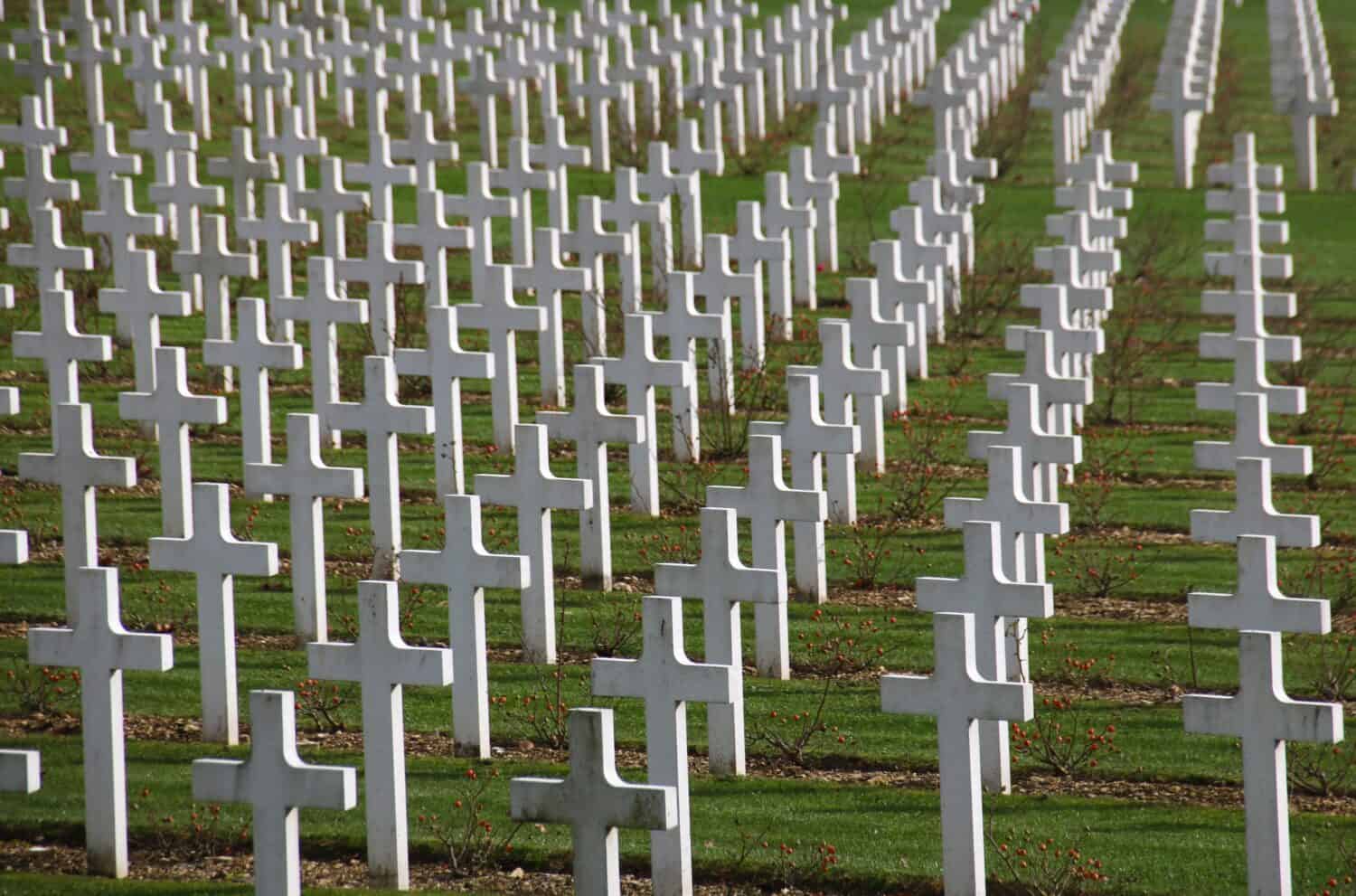
Exploring the history of World War II is important not only to understand one of the most pivotal periods in modern history but also to grasp the profound impact that this global conflict had on the world at large. Ultimately, World War II reshaped boundaries, alliances, and ideologies in ways that still influence global relations and conflicts today. The outcome of World War II effectively made the world order that we know today.
Auschwitz Concentration Camp
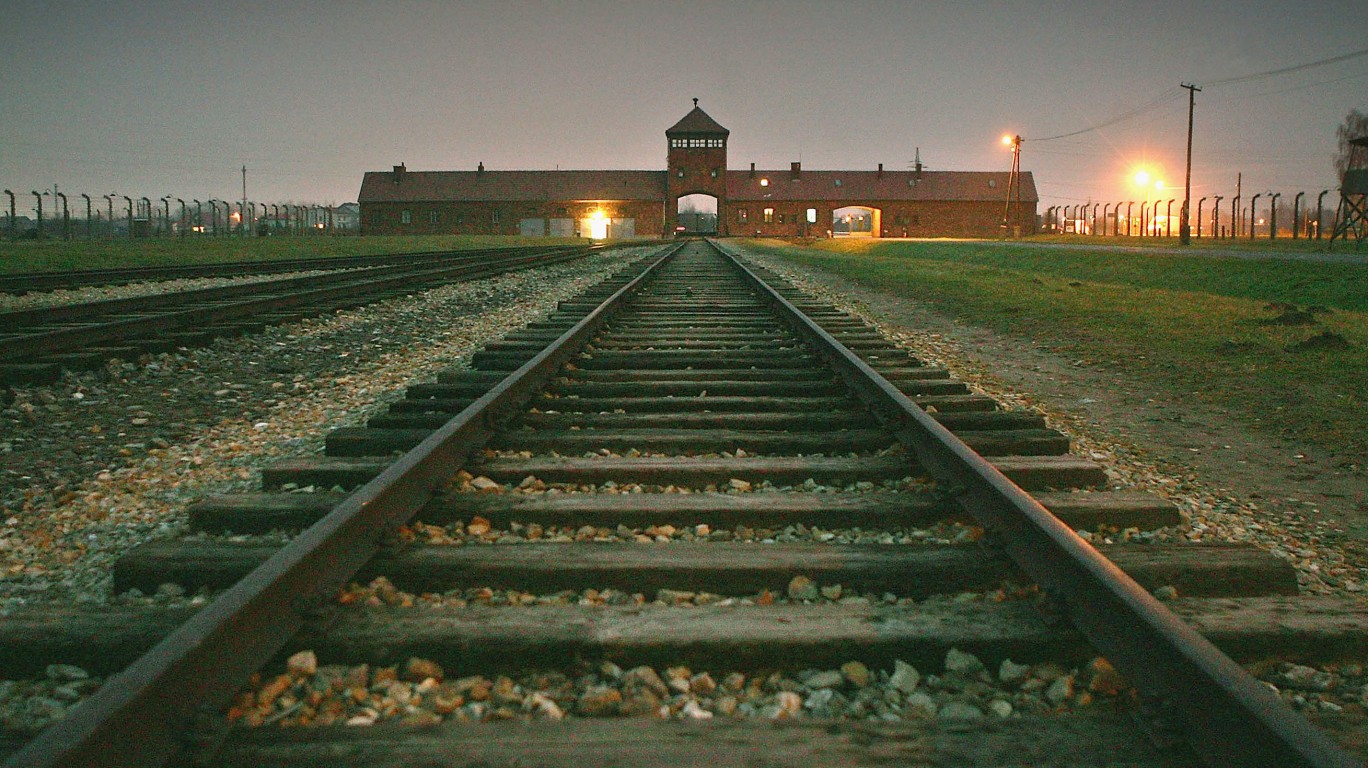
- Country: Poland
- Location: Oswiecim
Belzec Concentration Camp
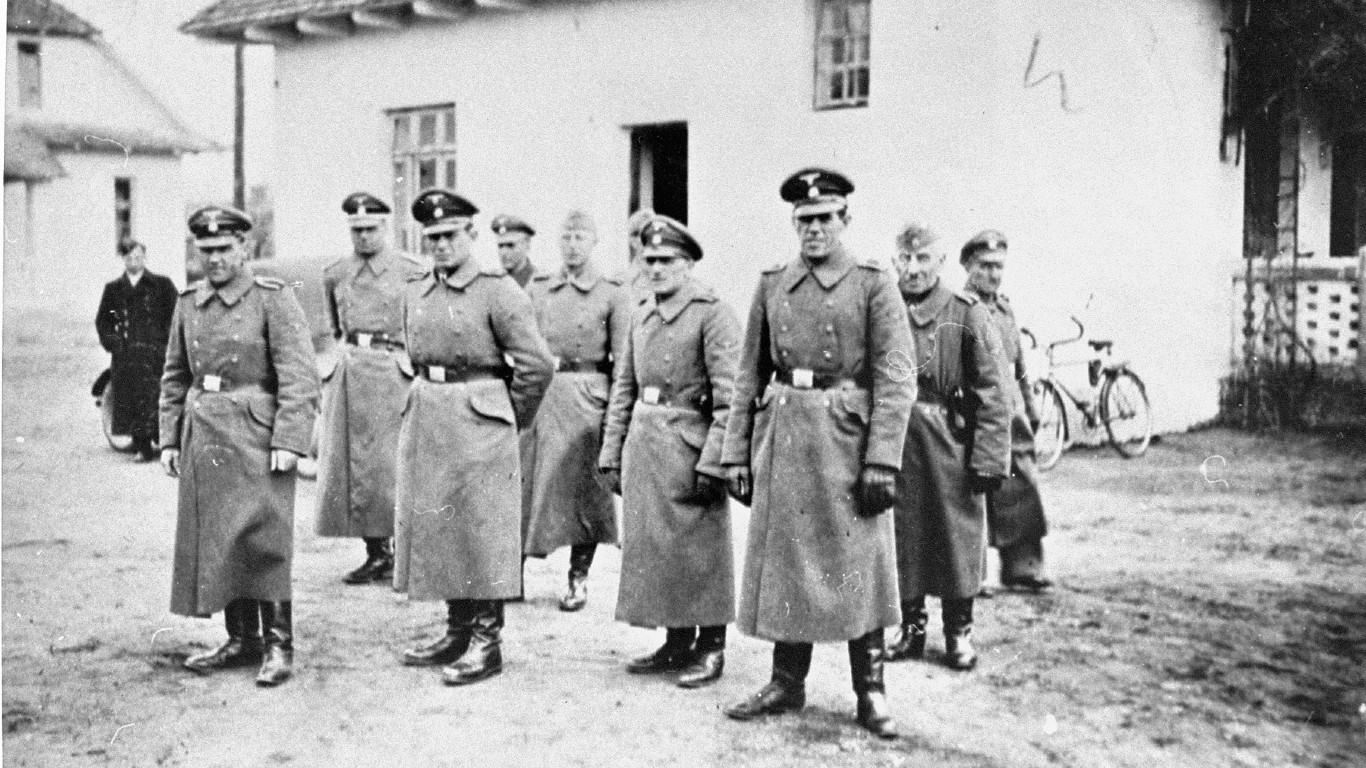
- Country: Poland
- Location: Belzec, Lublin
Bergen-Belsen Concentration Camp
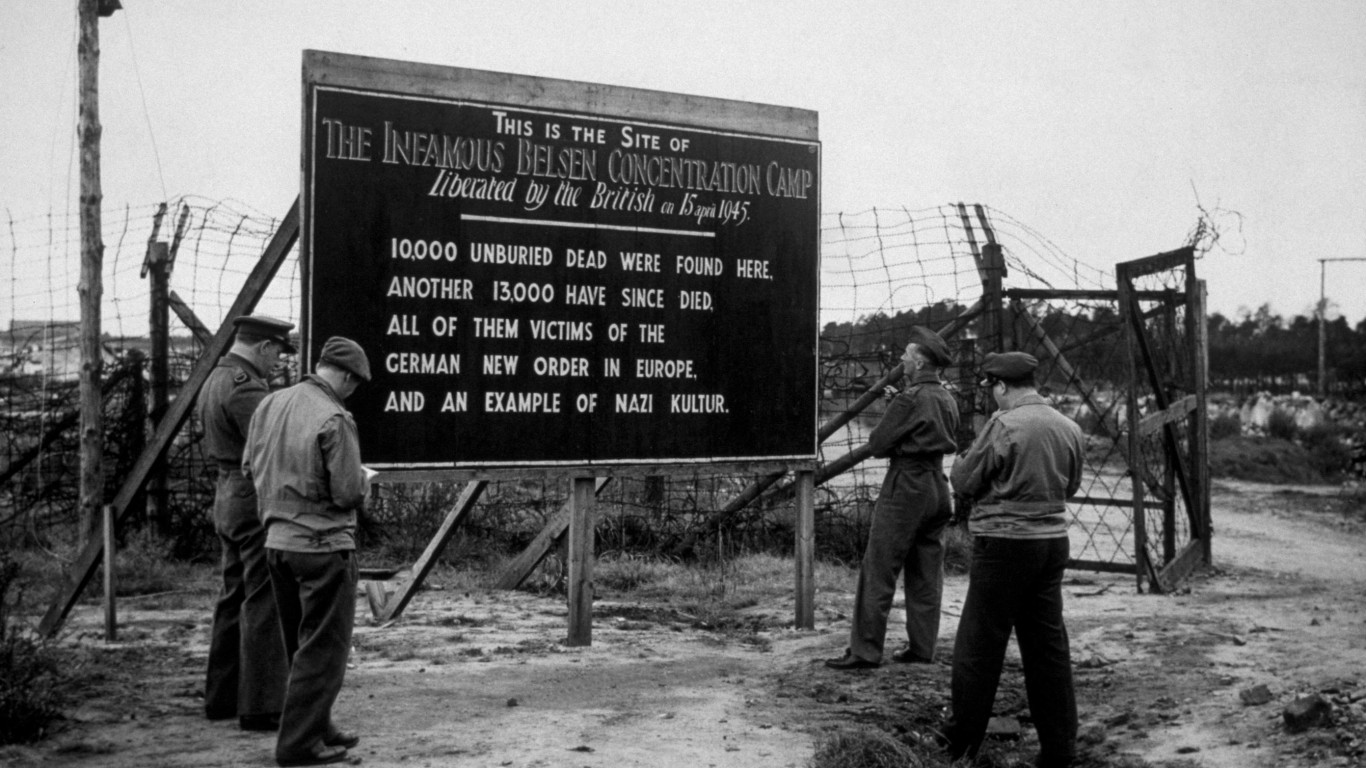
- Country: Germany
- Location: Bergen, Ost-Hannover
Buchenwald Concentration Camp

- Country: Germany
- Location: Weimar, Thüringen
Chelmno Concentration Camp
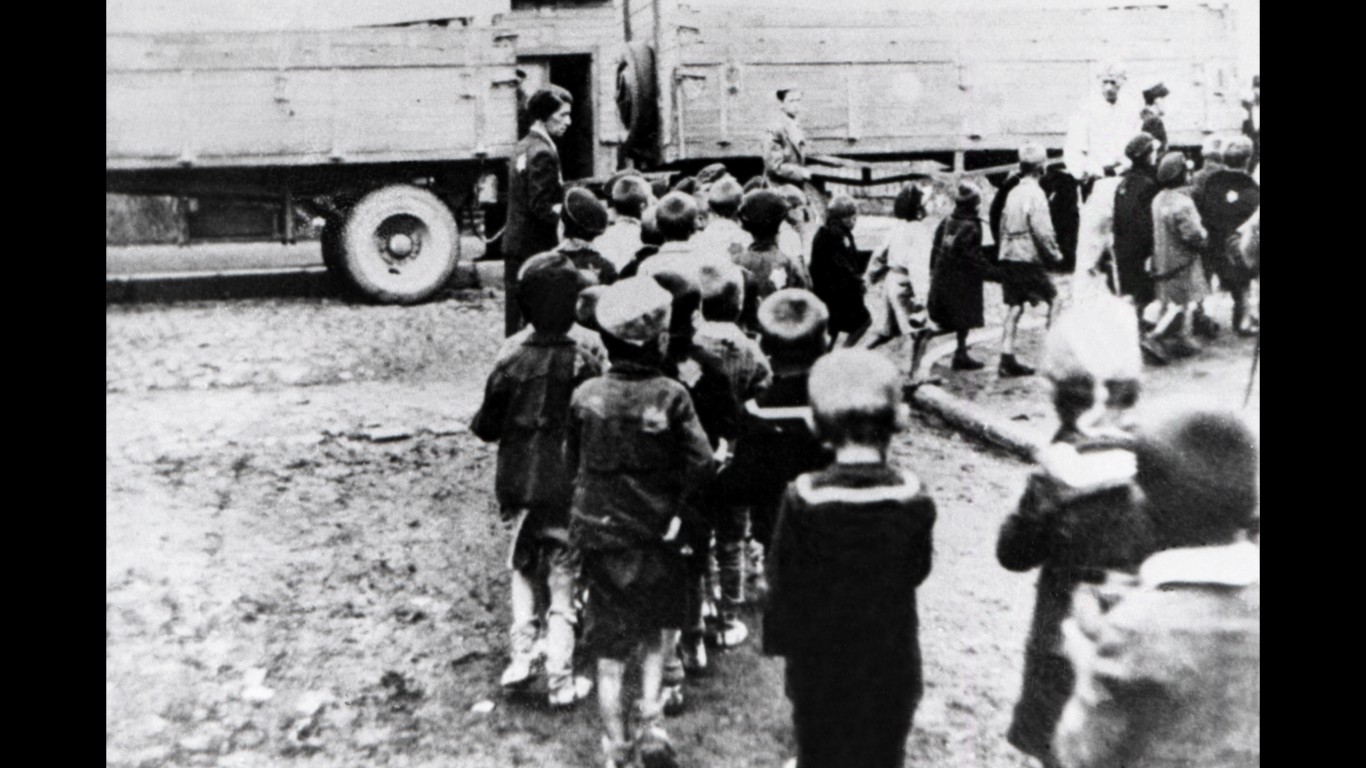
- Country: Poland
- Location: Chelmno nad Nerem, Konin
Colditz Castle
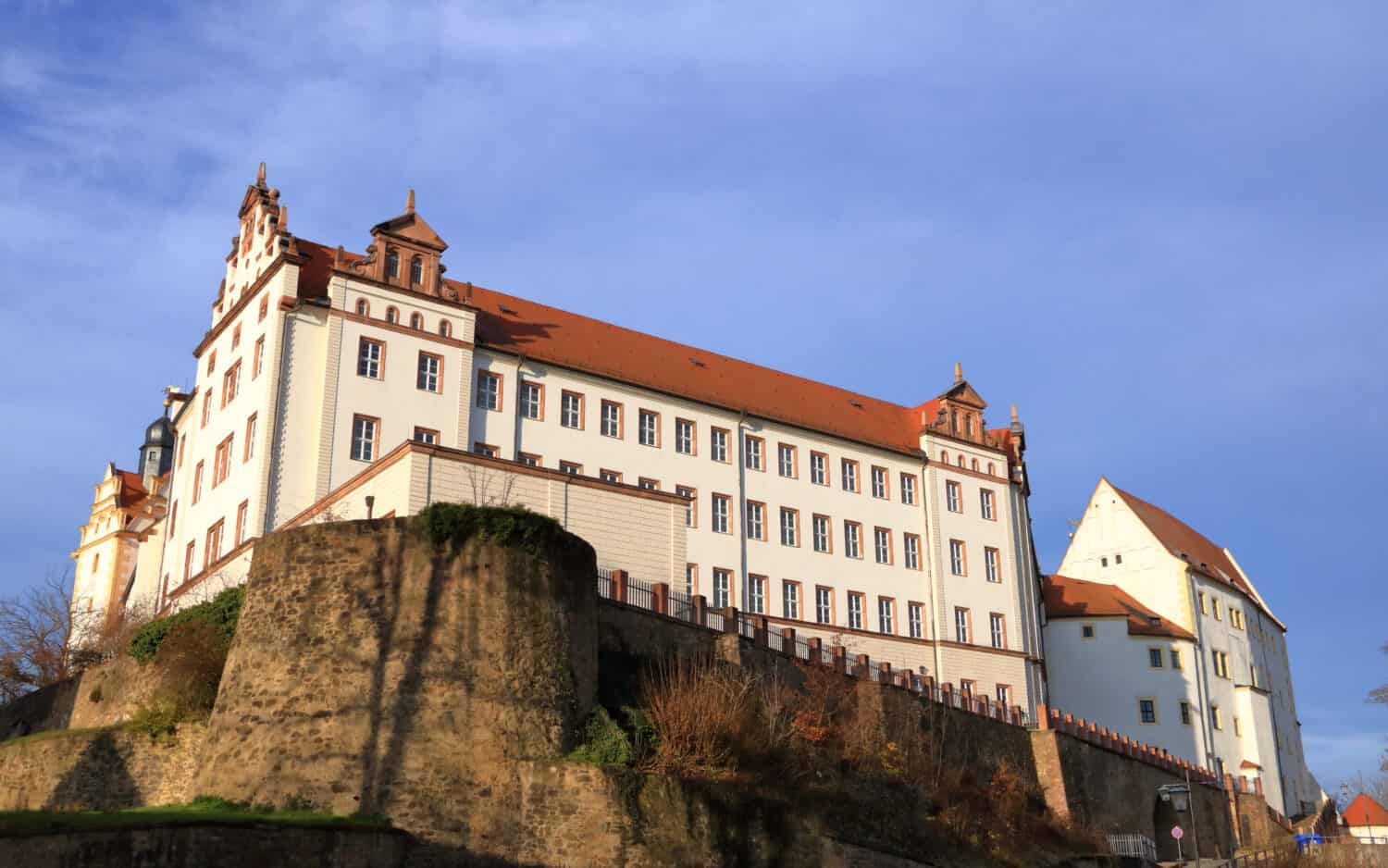
- Country: Germany
- Location: Colditz, Sachsen
Dachau Concentration Camp
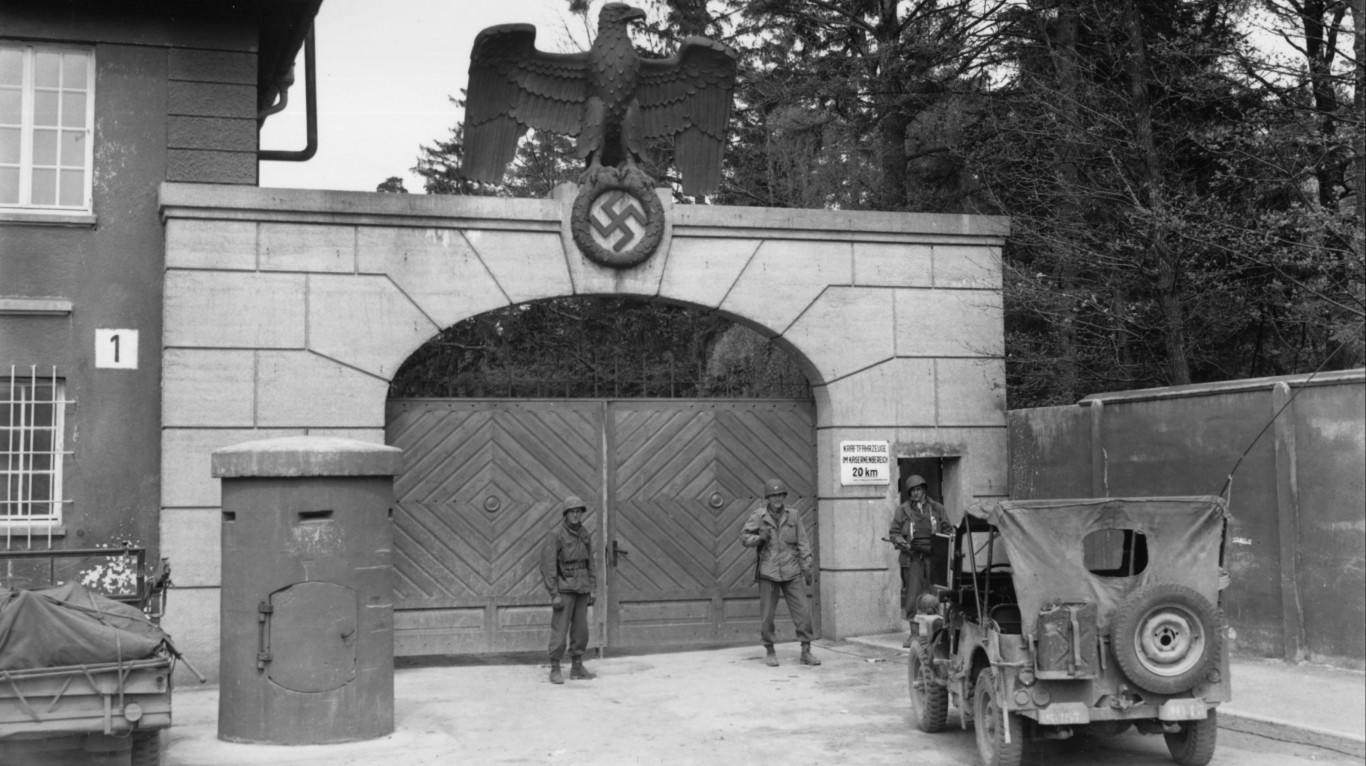
- Country: Germany
- Location: Dachau, München-Oberbayern
Drancy Concentration Camp
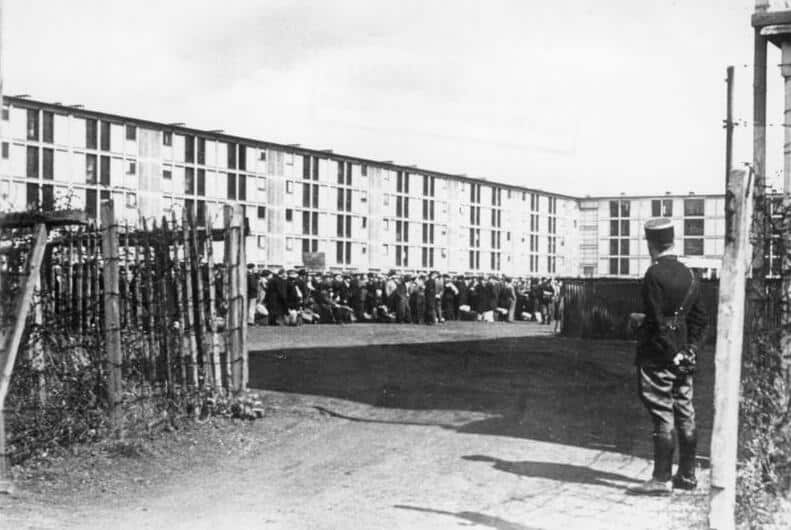
- Country: France
- Location: Paris
Flossenbürg Concentration Camp
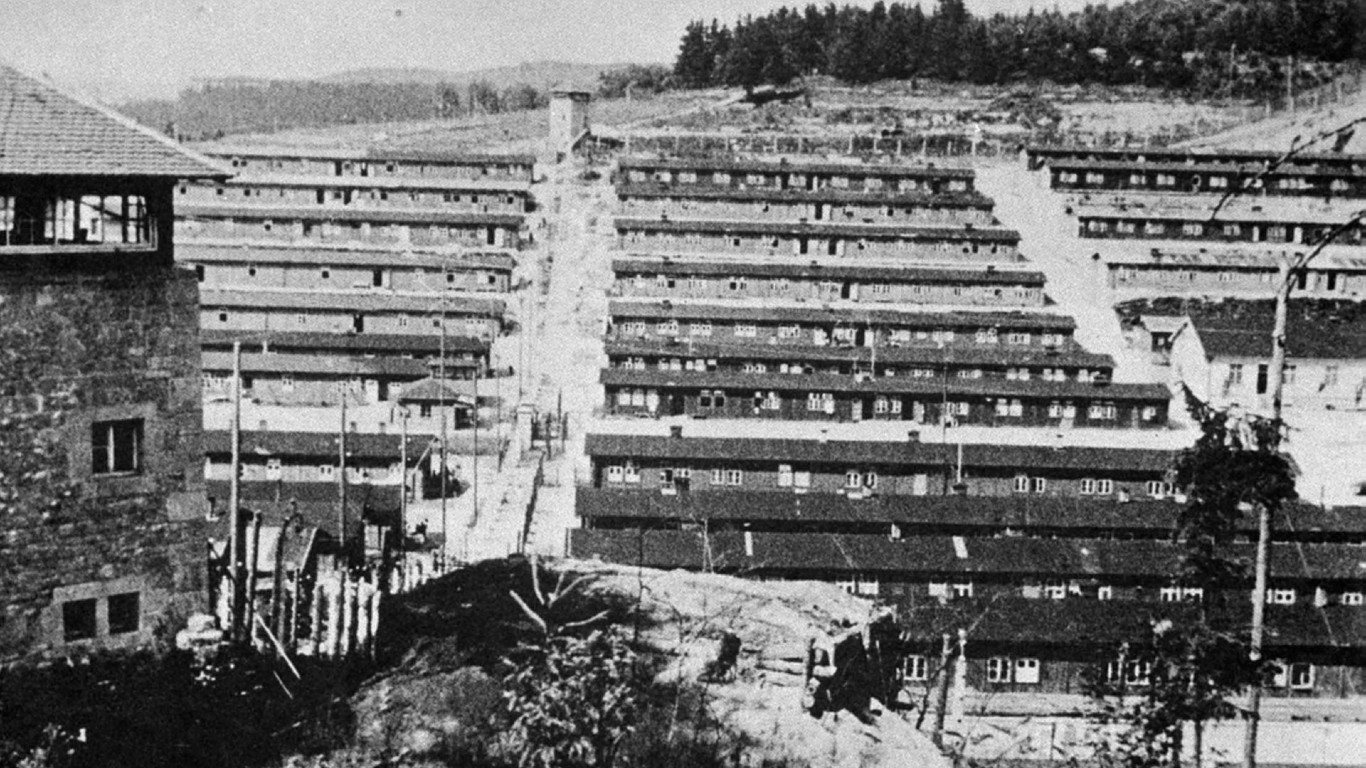
- Country: Germany
- Location: Flossenbürg, Bayreuth
Fort Breendonk
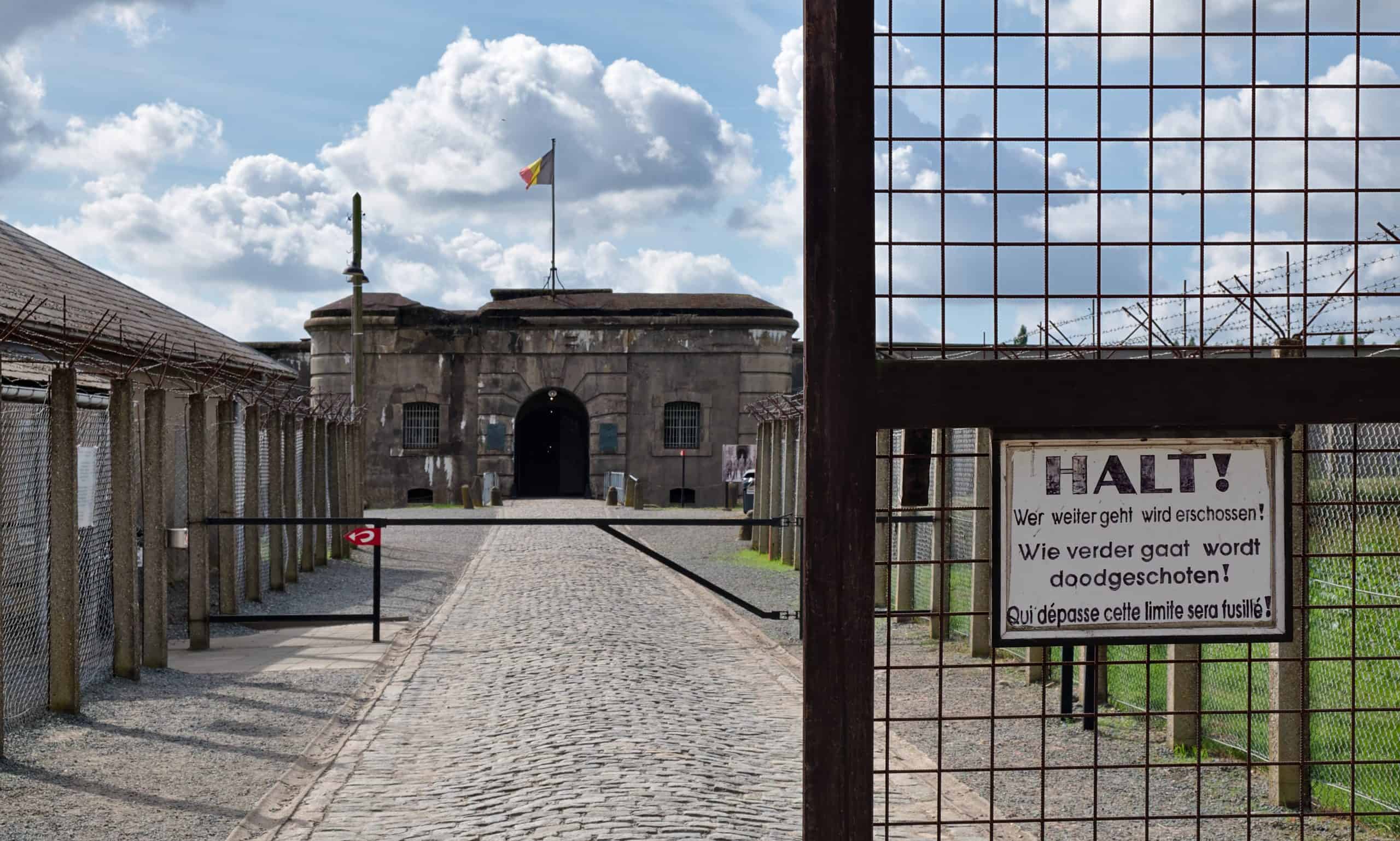
- Country: Belgium
- Location: Breendonk
Fresnes Prison
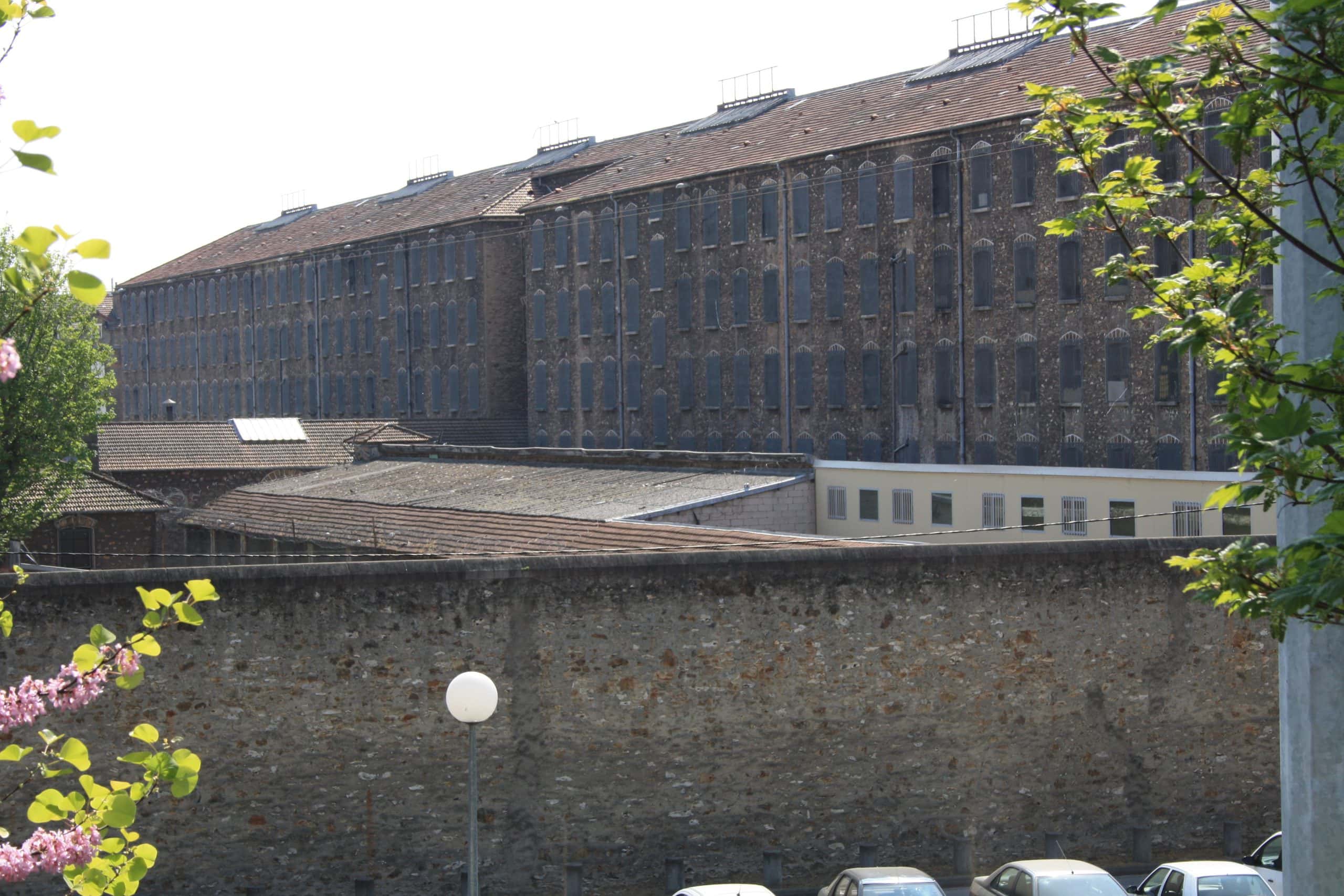
- Country: France
- Location: Fresnes, Île-de-France
Fuchu Prison
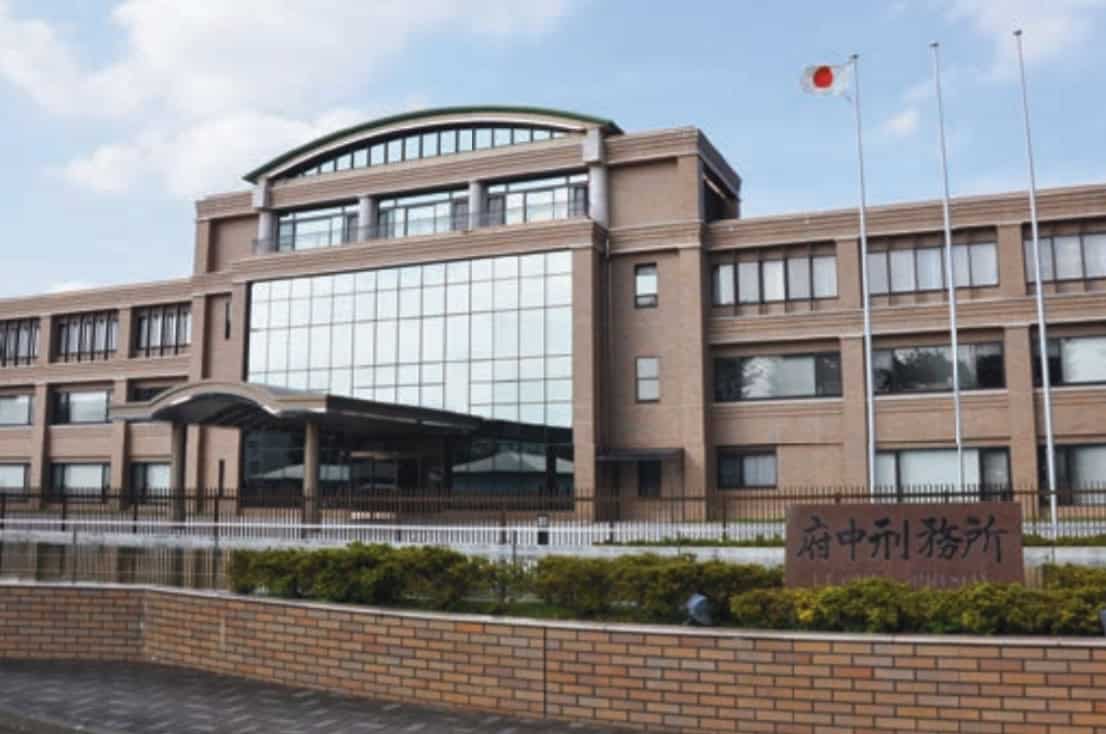
- Country: Japan
- Location: Tokyo
Hadamar Euthanasia Center
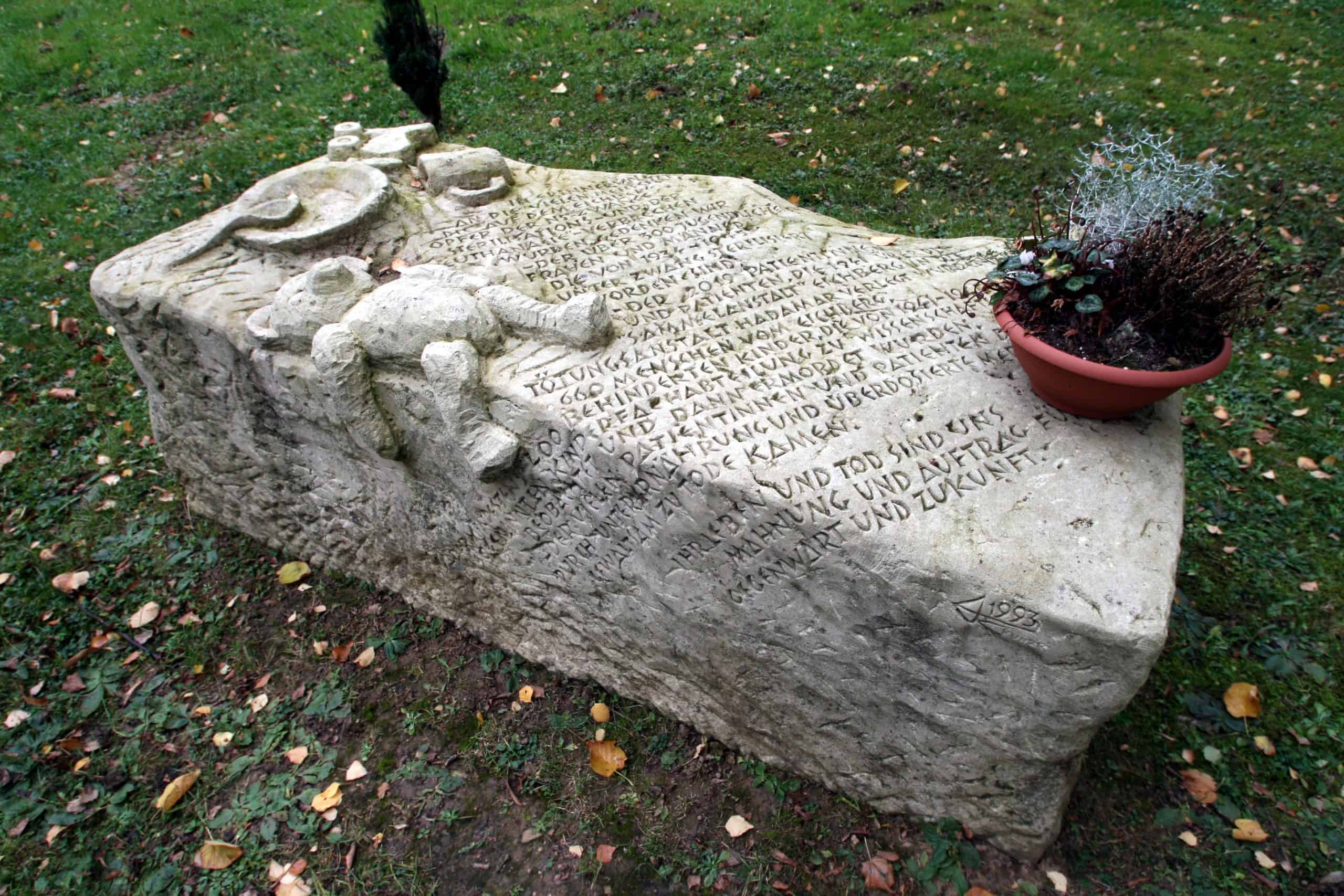
- Country: Germany
- Location: Hadamar, Hessen-Nassau
HASAG Leipzig
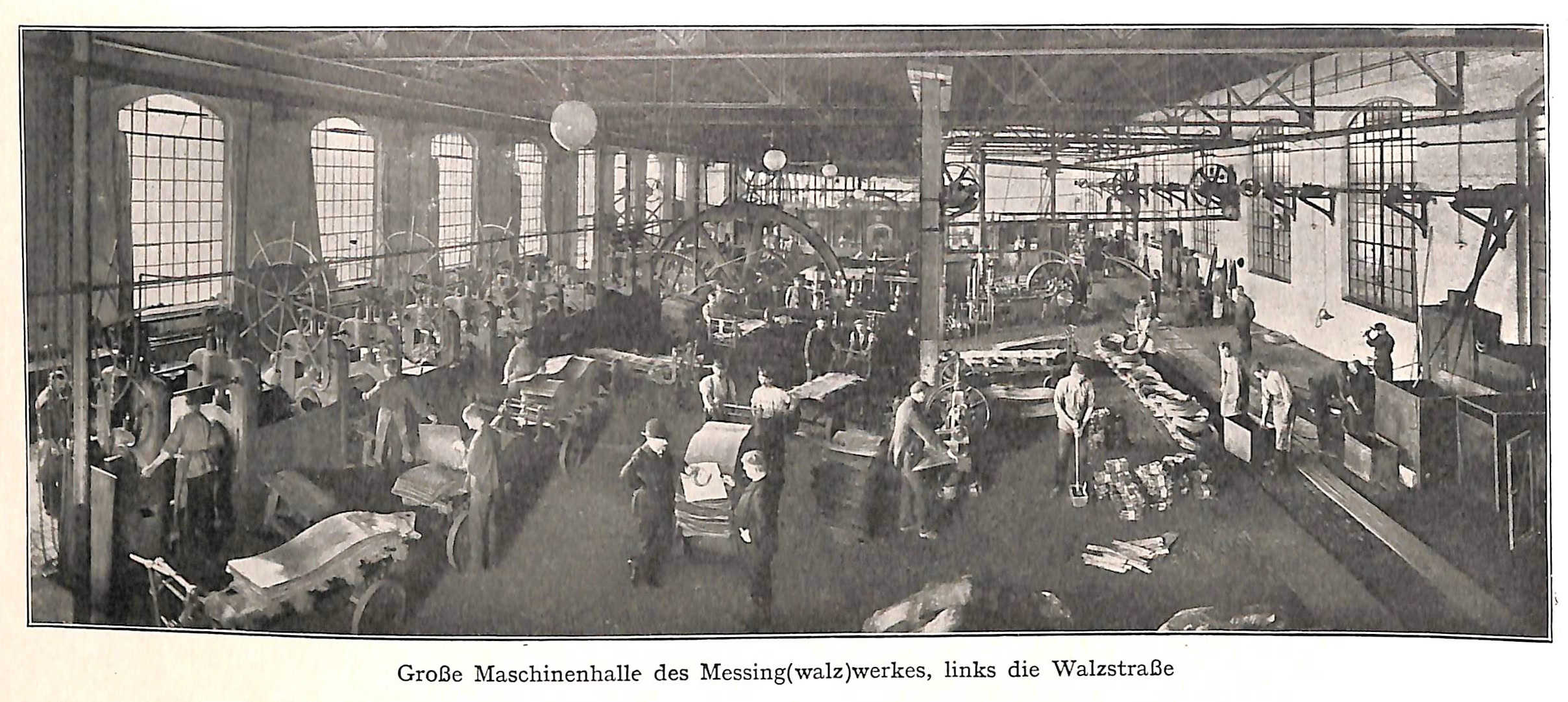
- Country: Germany
- Location: Flösenberg, Bayreuth
Kaufering Concentration Camp
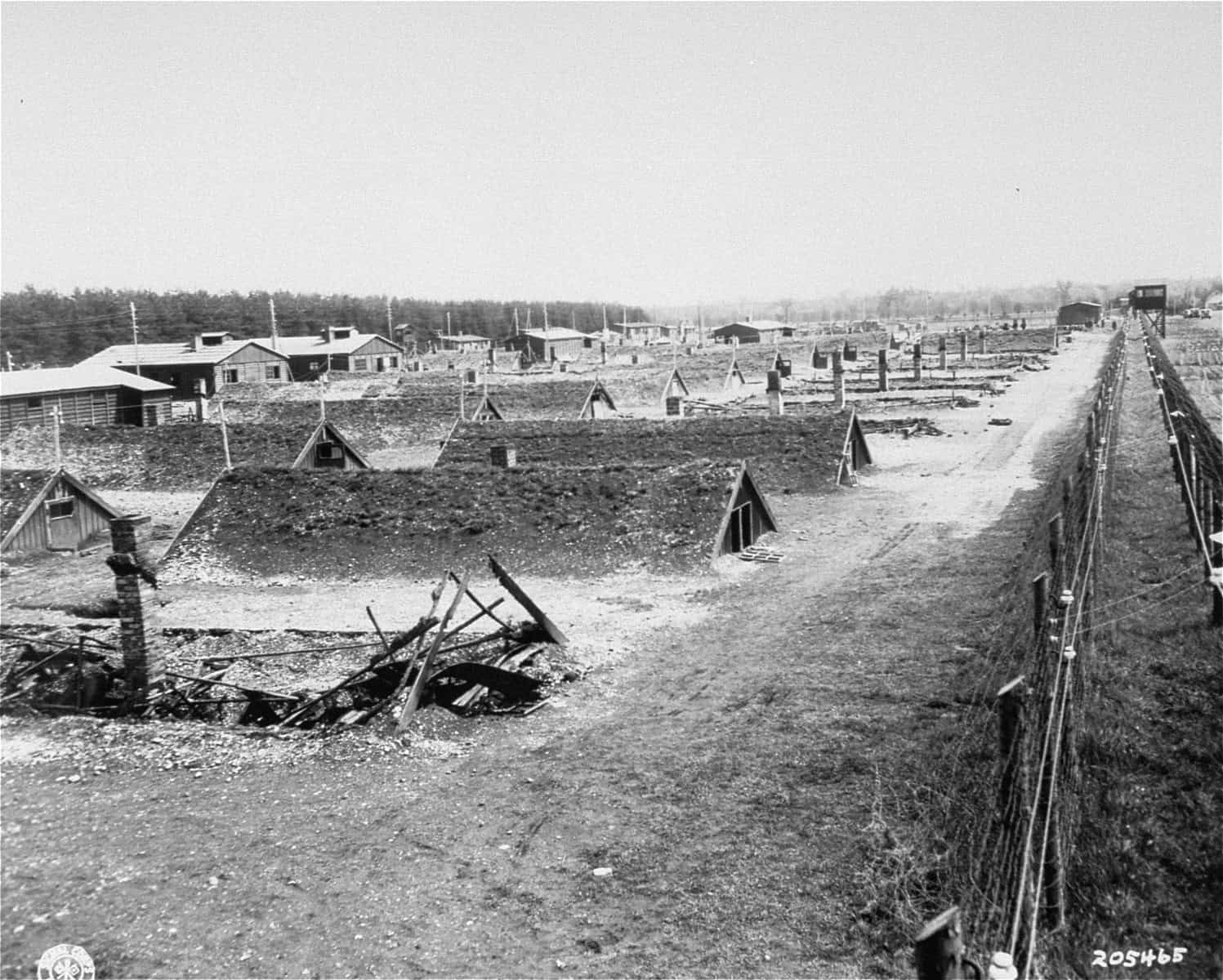
- Country: Germany
- Location: Kaufering, München-Oberbayern
Majdanek Concentration Camp
- Country: Poland
- Location: Lublin, Lublin
Marlag und Milag Nord
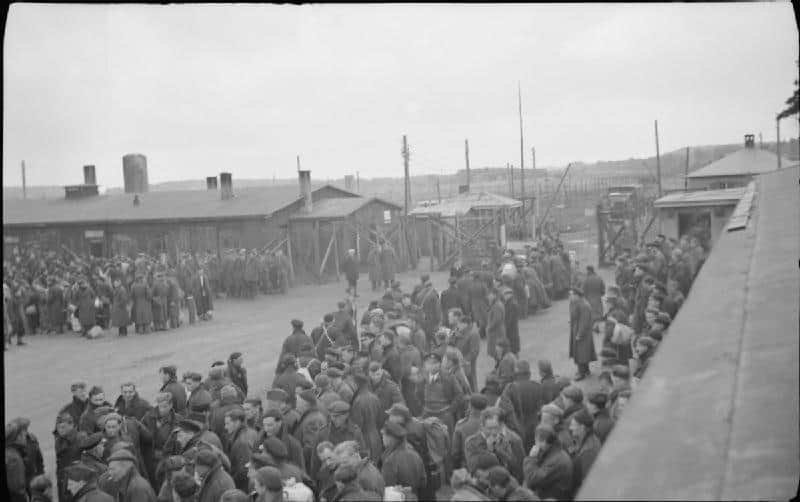
- Country: Germany
- Location: Westertimke, Weser-Ems
Mauthausen-Gusen Concentration Camp
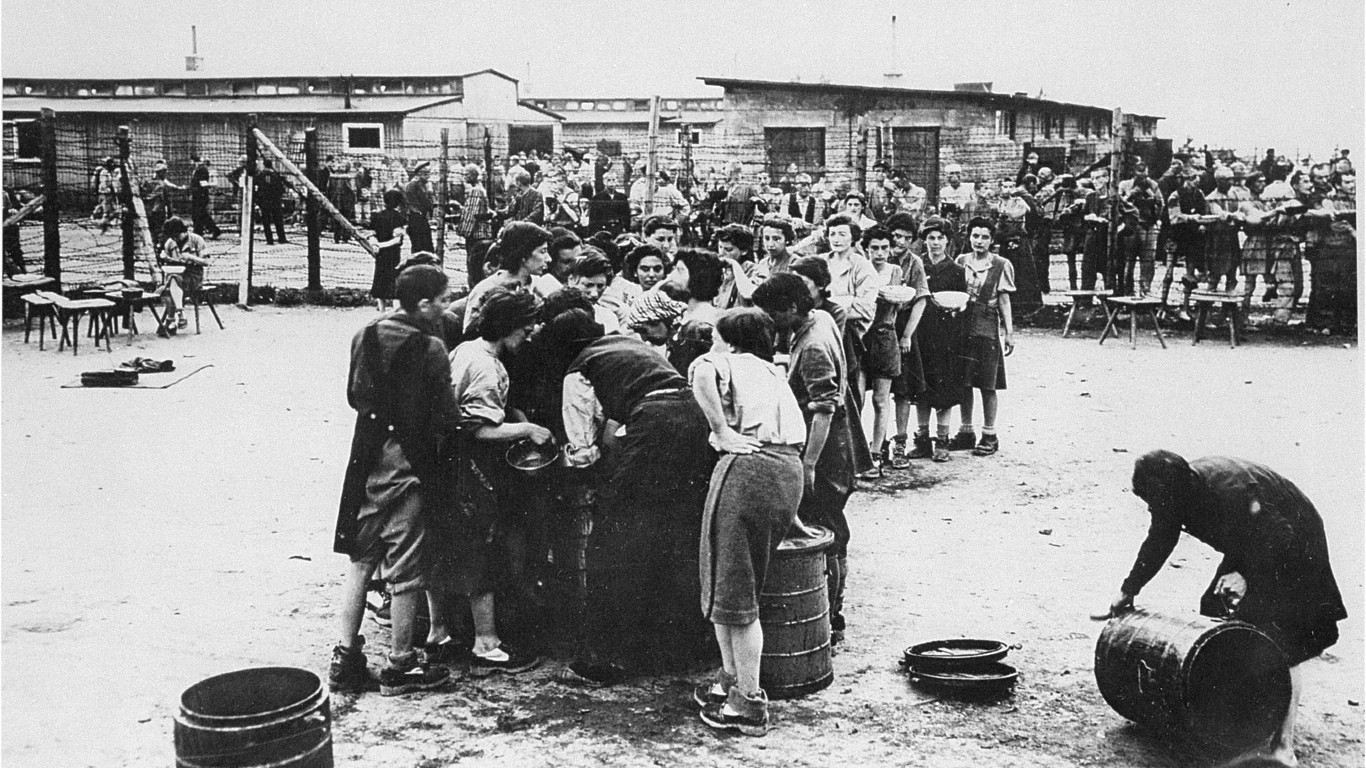
- Country: Austria
- Location: Mauthausen, Oberdonau
Oranienburg Concentration Camp
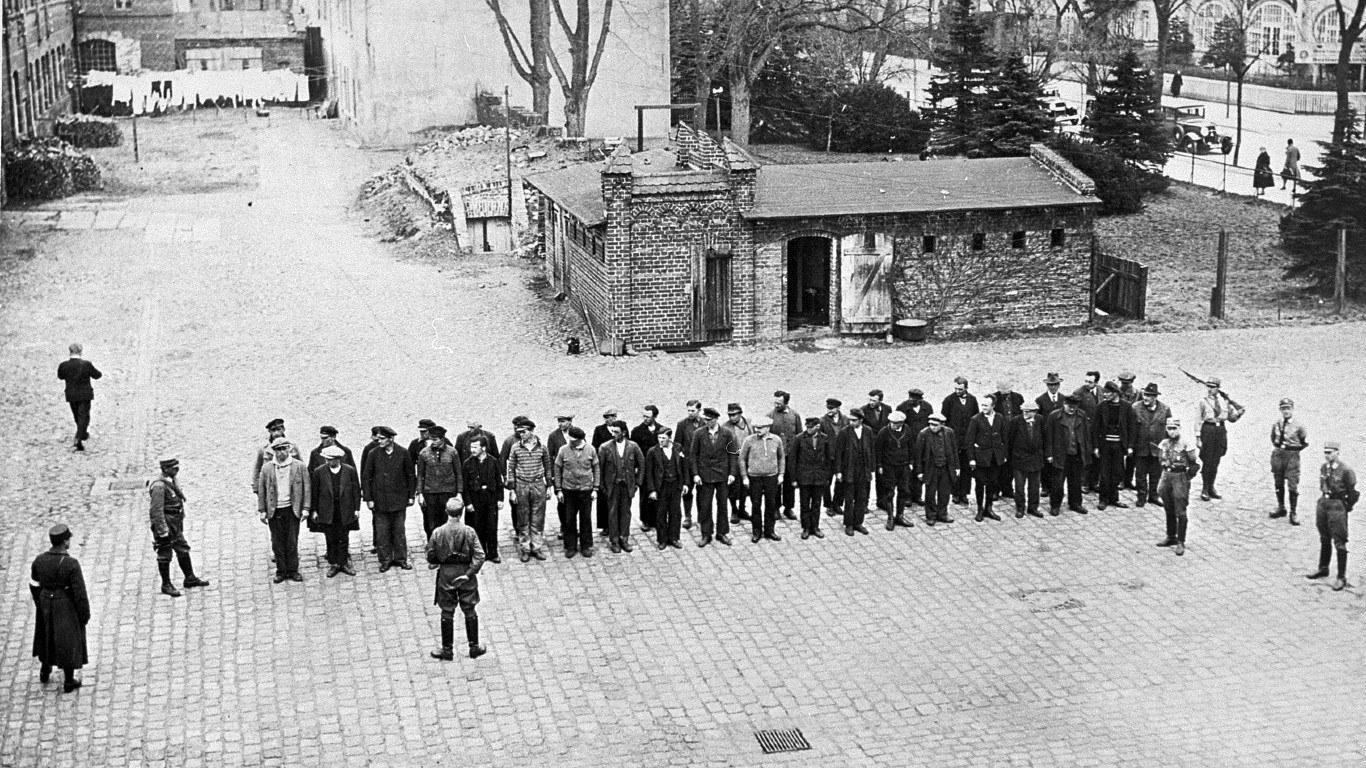
- Country: Germany
- Location: Oranienburg, Mark Brandenburg
Ravensbrück Concentration Camp
- Country: Germany
- Location: Ravensbrück, Mark Brandenburg
Sachsenhausen Concentration Camp
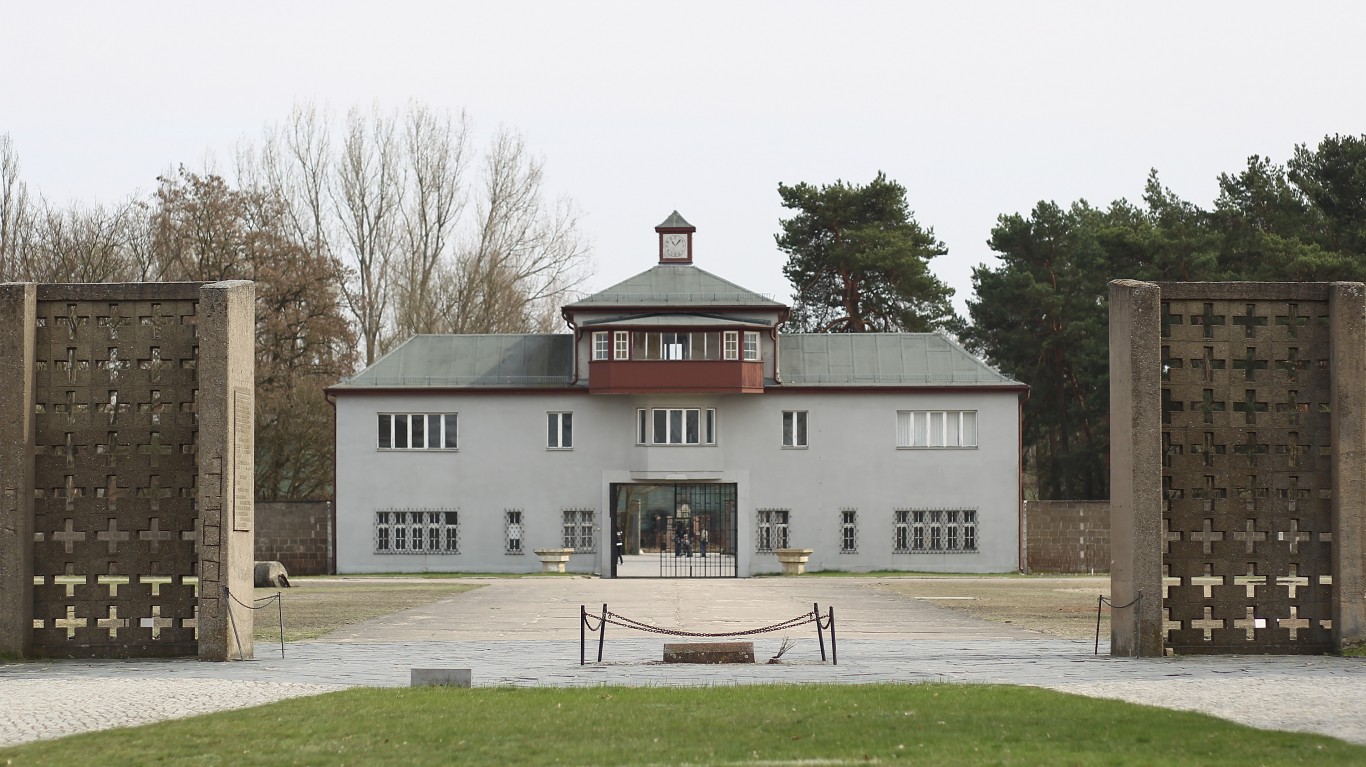
- Country: Germany
- Location: Oranienburg, Mark Brandenburg
Sobibór Concentration Camp
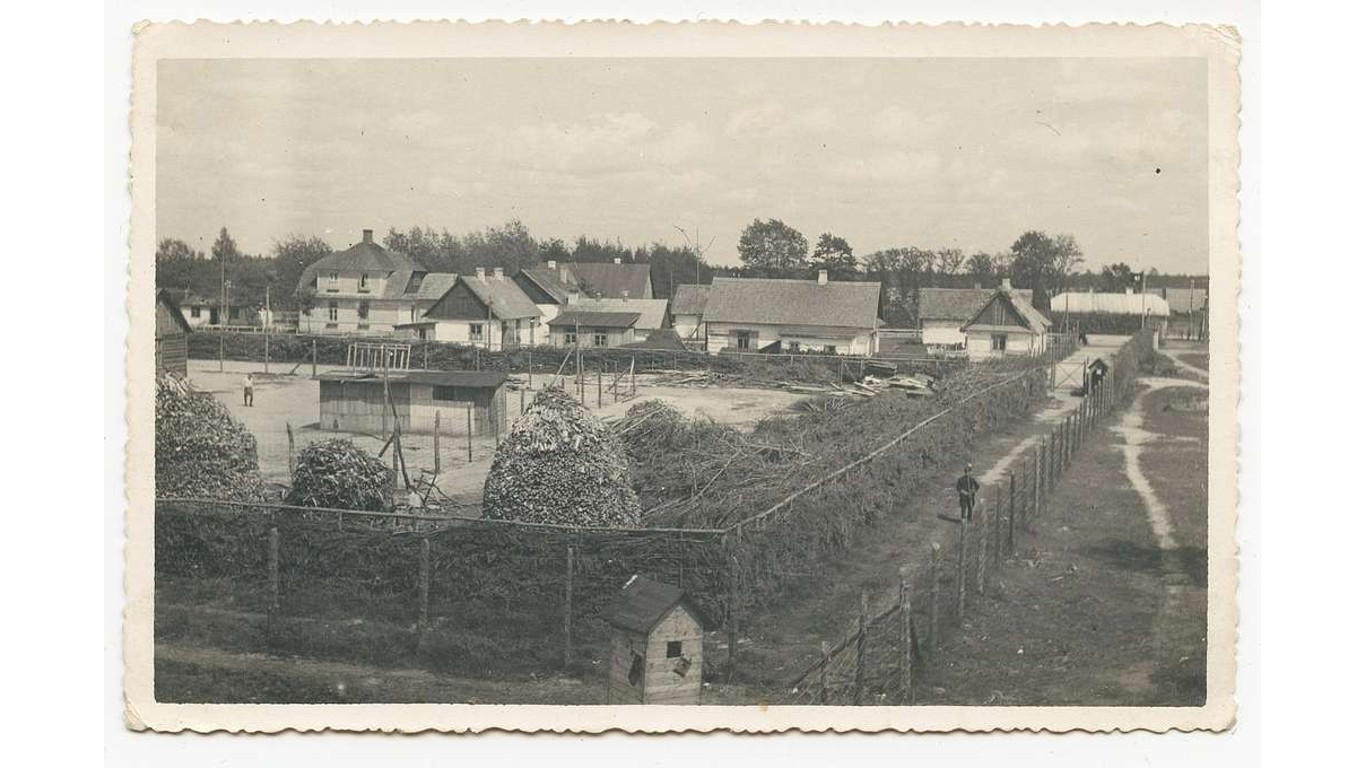
- Country: Poland
- Location: Sobibór, Lublin
Theresienstadt Concentration Camp
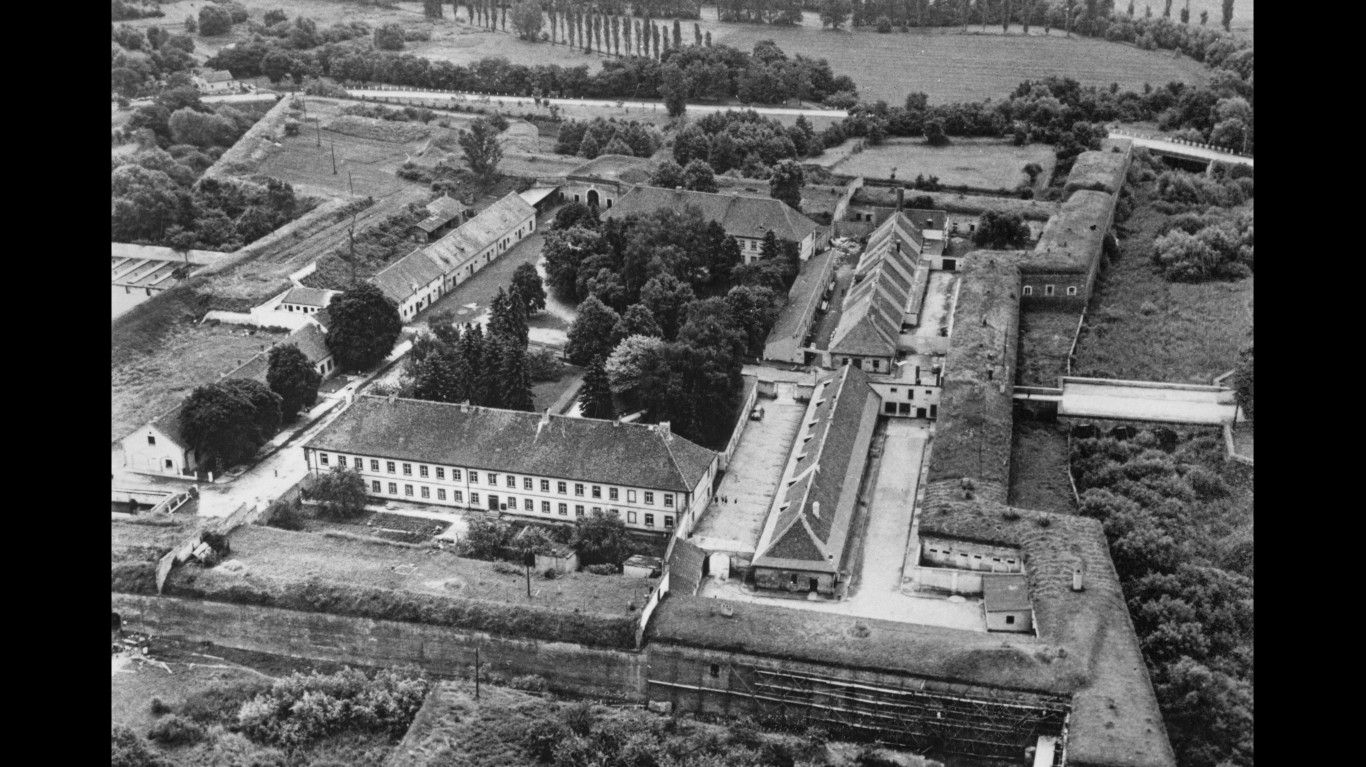
- Country: Czechoslovakia
- Location: Terezín, Cechy
Treblinka Concentration Camp
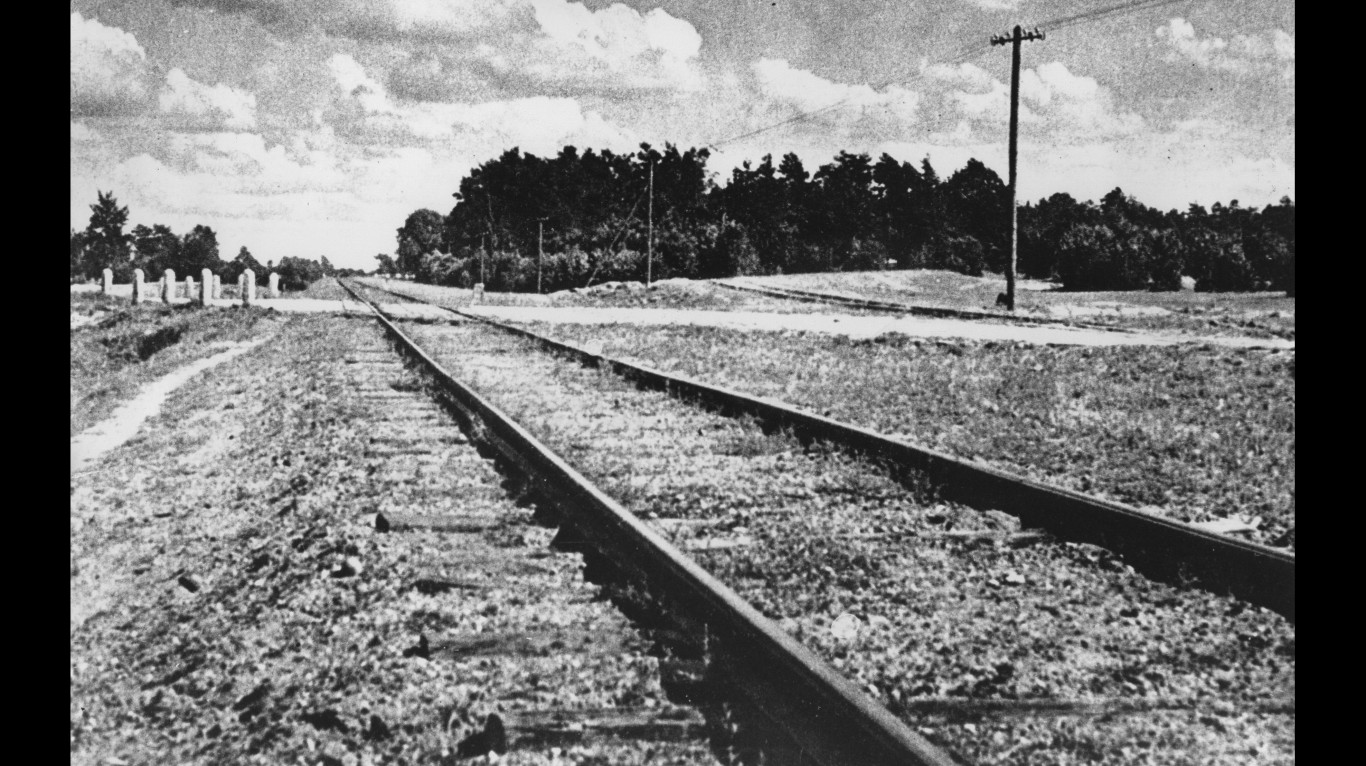
- Country: Poland
- Location: Treblinka, Masovian
Wauwilermoos Military Prison
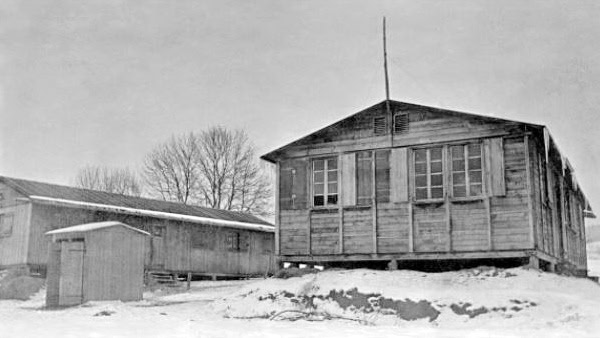
- Country: Switzerland
- Location: Egolzwil, Lucerne
Westerbork Concentration Camp
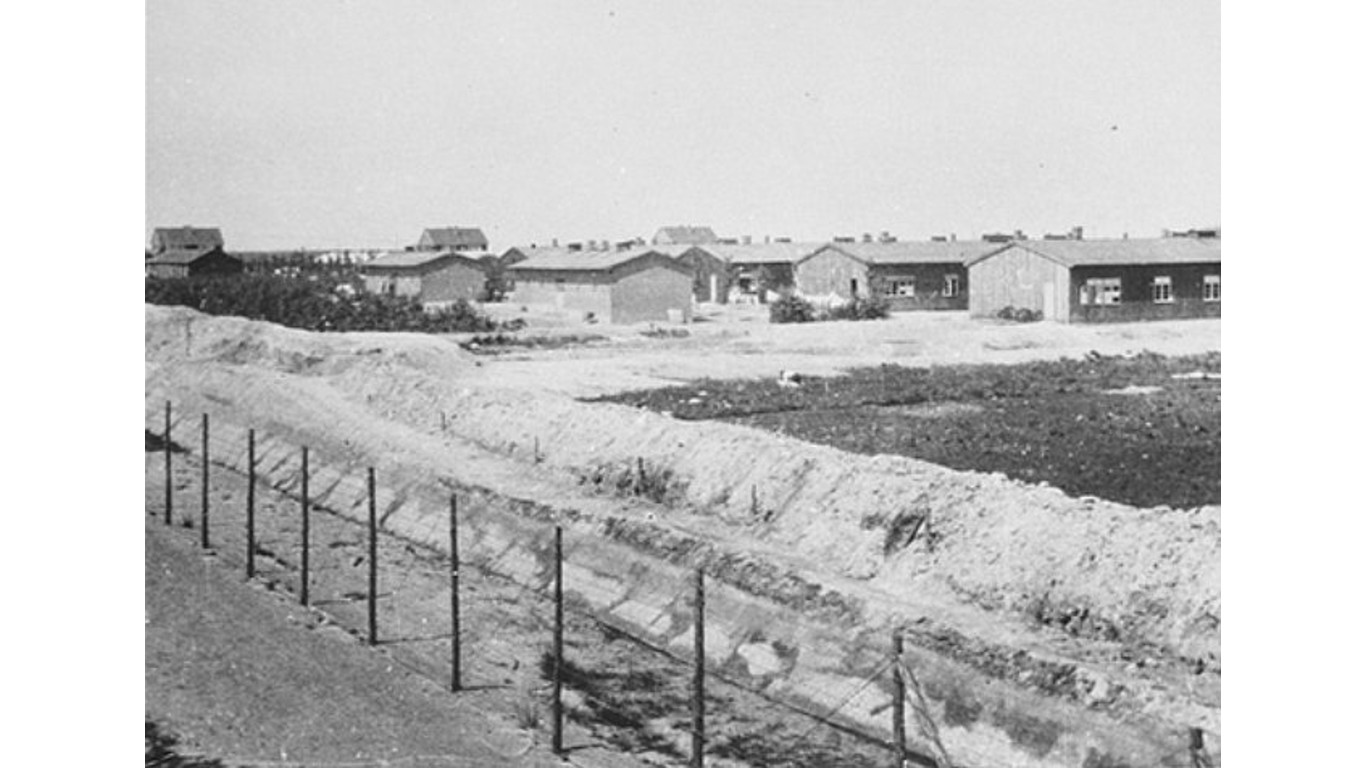
- Country: Netherlands
- Location: Hooghalen, Drenthe
Get Ready To Retire (Sponsored)
Start by taking a quick retirement quiz from SmartAsset that will match you with up to 3 financial advisors that serve your area and beyond in 5 minutes, or less.
Each advisor has been vetted by SmartAsset and is held to a fiduciary standard to act in your best interests.
Here’s how it works:
1. Answer SmartAsset advisor match quiz
2. Review your pre-screened matches at your leisure. Check out the advisors’ profiles.
3. Speak with advisors at no cost to you. Have an introductory call on the phone or introduction in person and choose whom to work with in the future
Thank you for reading! Have some feedback for us?
Contact the 24/7 Wall St. editorial team.
